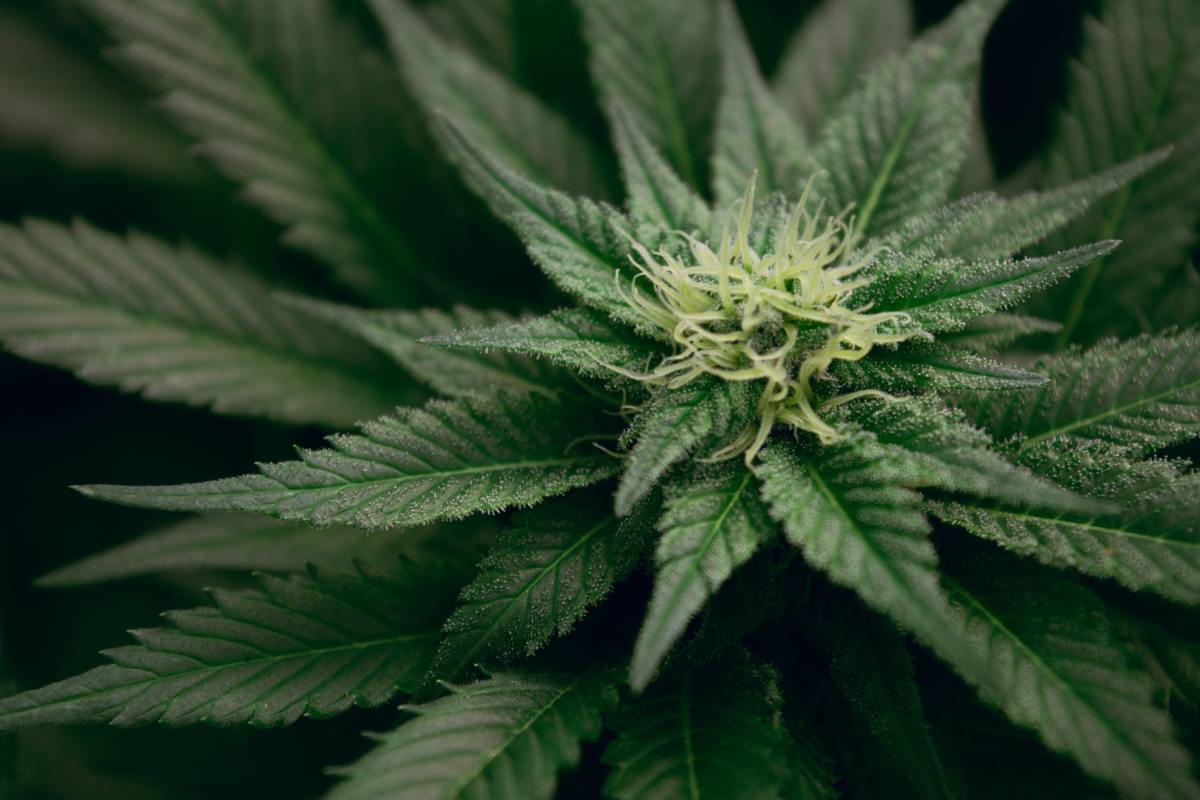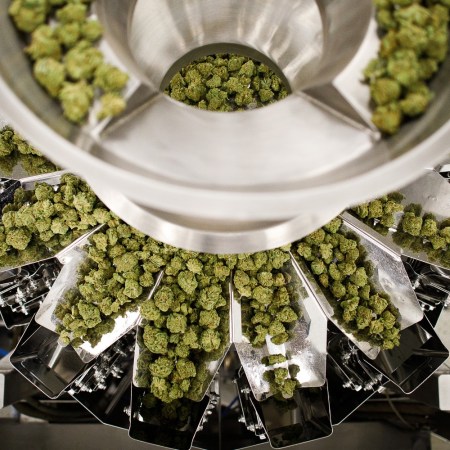A recent study of a limestone altar from an Iron Age shrine in Israel has revealed traces of cannabis, linking the site to the first known use of burning cannabis plants in a ritual ceremony, Science News reported.
The shrine, first discovered during excavations at Israel’s Tel Arad site in the 1960s, is believed to have been in use from roughly 760 B.C. to 715 B.C. Previous chemical analyses of the material found on the altar conducted in the 1960s were inconclusive, but a recent study led by archaeologist Eran Arie of the Israel Museum, Jerusalem and bioarchaeologist Dvory Namdar of Israel’s Agricultural Research Organization found evidence of cannabis at the site.
According to the report, the cannabis had been mixed with animal dung and burned at a low temperature, presumably allowing ritual specialists to inhale the fumes. Researchers determined that the cannabis sample contained enough THC, the psychoactive compound in cannabis, to have induced an altered state of consciousness in those inhaling it.
While earlier evidence has suggested other substances, such as opium, were used during religious rituals throughout the ancient Middle East and southwest Asia, the discovery of cannabis used in such practices is new.
“Cannabis is completely new for understanding incense burning in this region, and in Judah in particular,” said Arie, while archaeobotanist Robert Spengler added that the discoveries “further complicate the early story of cannabis.”
Subscribe here for our free daily newsletter.
Thanks for reading InsideHook. Sign up for our daily newsletter and be in the know.


















